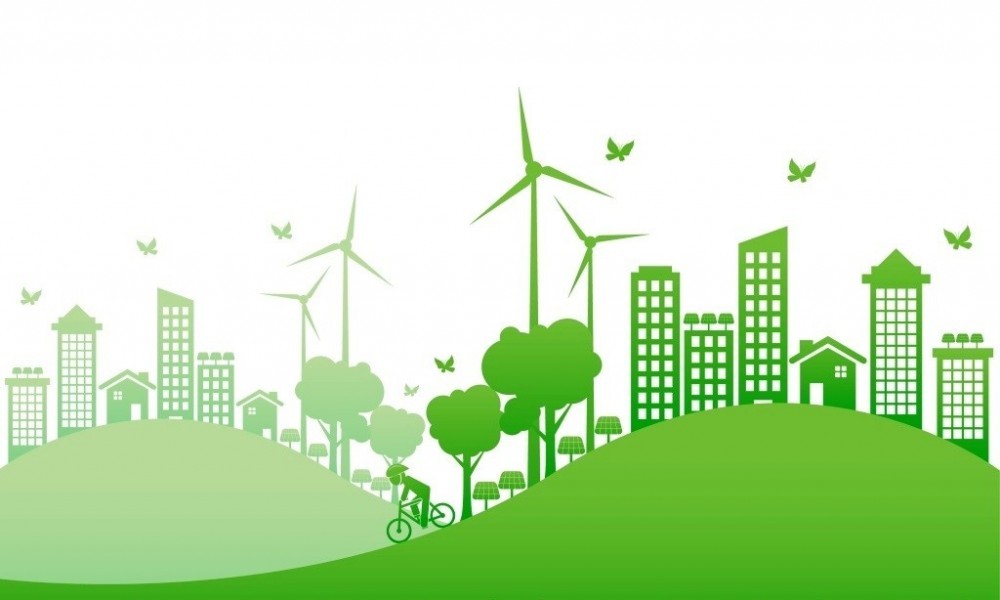The Environment Strategy 2012-2022 puts out a comprehensive plan to assist developing countries in their efforts to reduce poverty and build their economies in the face of an increasingly vulnerable environment by providing them with “green, clean, resilient” pathways. The global environment had reached a critical stage that threatens livelihoods, productivity, or global stability.
Green
In a green world, natural resources like seas and forests are managed and protected sustainably to promote lives and food security. Healthy ecosystems boost all economic returns from activities they support. Strategies for growth focus on overall wealth instead of GDP. Governments seek to regulate for innovation, efficiency, sustainability, and green growth. Biodiversity is valued as an economic resource. Good policies allow the private industry to use environmental resources sustainably, providing jobs and long-term growth.

Clean
Clean air, water, & oceans enable people to live healthy, productive lives. In this world, low-emission agriculture, transportation, energy, or urban development are prioritised above low-emission agriculture, transportation, energy, or urban development. Cleaner production standards encourage industry to develop cleaner energy that create jobs and support long-term growth. Innovative funding encourages change by holding companies and governments accountable for their emissions.
Resilient
“Resilient” indicates able to withstand shocks and adapt to climate change. Unpredictable weather patterns and the long-term effects of climate change are less likely in a resilient planet. Healthy, well-managed ecosystems are much more resilient to the effects of climate change. Climate resilience is built into urban and infrastructural planning. Efficient social inclusion strategies safeguard disadvantaged groups and completely incorporate women in decision-making.

